This article was medically reviewed by Shari Forschen, NP, MA. Shari Forschen is a Registered Nurse at Sanford Health in North Dakota. Shari has worked in healthcare since 1996 and her expertise lies in acute care bedside nursing on a medical oncology floor. She received her degree from Medcenter one College of Nursing in 2003 and her Family Nurse Practitioner Masters from the University of North Dakota in 2014. Shari is a member of the American Nurses Association.
There are 7 references cited in this article, which can be found at the bottom of the page.
This article has been viewed 80,409 times.
If your baby has an adhesive bandage on due to a cut or scrape, removing it can be difficult. Babies have sensitive skin, and pulling the bandage off as you would for an adult can be very painful for them. The good news is that there are several substances you can use, along with careful removal, to make the process a painless one.
Steps
Loosening the the Bandage
-
1Choose a substance to assist in removal. There are many different substances you can use to make an adhesive bandage come off more easily. These substances lubricate the bandage and/or dissolve the adhesive. Choose one you have around the house, or purchase one. The following have been found to be effective:
-
2Hold the baby so the bandaged area is stationary and accessible. Hold the baby still, or have a partner hold the child, so that you can easily access the bandage.Advertisement
-
3Apply the remover. Apply whichever substance you've chosen to remove the bandage. How you will apply it depends on which substance you've chosen.
- If you are using Vaseline, take a pea-sized amount and rub it around and on the bandage with your finger.
- If you are using an oil, soak a cotton swab and use it to cover the areas all around the bandage, especially the adhesive ends.[3]
- If you are using salt water, mix up a teaspoon in a gallon of warm water and soak the entire area.
- Sometimes simple warm water will do the trick. Giving the baby a bath may be enough to loosen the bandage so that it will come off easily (or even fall off in the tub).[4]
-
4Wait. Wait for several minutes while the removal substance soaks into the bandage. Be patient and give it plenty of time to work.
Removing the Bandage
-
1Gently peel back the bandage to create a tab. Pick the side of the bandage that is most weakly adhered (the side that will be most likely to come off easily). Pull back gently with your index finger.
- This small raised tab will give you better control when you remove the bandage.
- If neither side of the bandage comes loose easily, apply some more of whichever substance you've chosen and wait a little longer, then try again.[5]
-
2Tug gently on the lifted area. The bandage should lift easily from the skin. If it doesn't, add some more of your adhesive remover along the exposed edge of the underside.
-
3Pull the bandage slowly off. Once the bandage is loose, pull it back gradually. It should come off easily at this point.[6]
- If the bandage is still firmly adhered, you may not have waited long enough. Reapply and wait.
-
4Use lotion on the bandaged area. If desired, rub cream or lotion over the formerly bandaged area as you remove it.[7] This can make it come off even more easily.
- This may also feel good for baby, hopefully eliminating any discomfort you may cause.
Expert Q&A
Did you know you can get expert answers for this article?
Unlock expert answers by supporting wikiHow
-
QuestionWhat if you don't want to use any of these substances?
 Shari Forschen, NP, MAShari Forschen is a Registered Nurse at Sanford Health in North Dakota. Shari has worked in healthcare since 1996 and her expertise lies in acute care bedside nursing on a medical oncology floor. She received her degree from Medcenter one College of Nursing in 2003 and her Family Nurse Practitioner Masters from the University of North Dakota in 2014. Shari is a member of the American Nurses Association.
Shari Forschen, NP, MAShari Forschen is a Registered Nurse at Sanford Health in North Dakota. Shari has worked in healthcare since 1996 and her expertise lies in acute care bedside nursing on a medical oncology floor. She received her degree from Medcenter one College of Nursing in 2003 and her Family Nurse Practitioner Masters from the University of North Dakota in 2014. Shari is a member of the American Nurses Association.
Master's Degree, Nursing, University of North Dakota
Warnings
- If you use a commercially available bandage remover, check the packaging to make sure it is safe to use on children.[12]⧼thumbs_response⧽
References
- ↑ http://www.ebnurse.org/index.php?id=58
- ↑ https://www.keyingredient.com/recipes/32825730/how-to-easily-remove-adhesive-bandage-from-thin-or-frail-skin/
- ↑ https://www.sun-sentinel.com/news/fl-xpm-1994-04-26-9404250234-story.html
- ↑ https://www.nationwidechildrens.org/family-resources-education/health-wellness-and-safety-resources/helping-hands/dressing-change-burns
- ↑ https://www.keyingredient.com/recipes/32825730/how-to-easily-remove-adhesive-bandage-from-thin-or-frail-skin/
- ↑ http://articles.sun-sentinel.com/1994-04-26/lifestyle/9404250234_1_bandage-child-s-skin-parent-traps
- ↑ http://articles.sun-sentinel.com/1994-04-26/lifestyle/9404250234_1_bandage-child-s-skin-parent-traps
- ↑ http://www.apartmenttherapy.com/the-easy-peasy-bandaid-removal-137656
- ↑ https://www.sun-sentinel.com/news/fl-xpm-1994-04-26-9404250234-story.html
- ↑ http://articles.sun-sentinel.com/1994-04-26/lifestyle/9404250234_1_bandage-child-s-skin-parent-traps
- ↑ http://www.medgadget.com/2012/10/ouchless-new-bandages-peel-off-without-tugging-on-sensitive-skin.html
- ↑ http://articles.sun-sentinel.com/1994-04-26/lifestyle/9404250234_1_bandage-child-s-skin-parent-traps
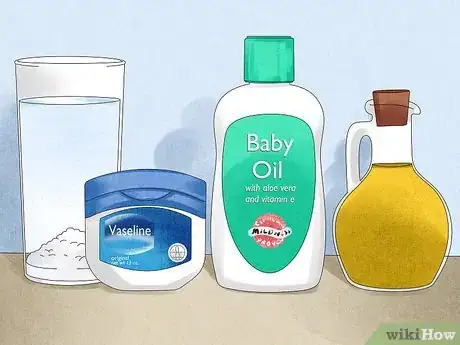

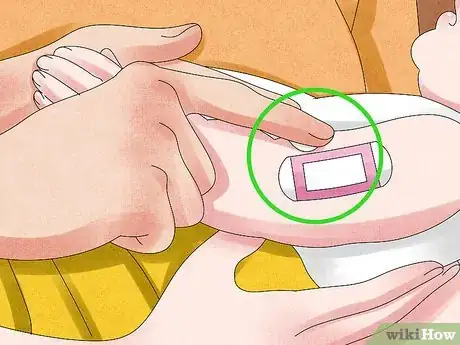
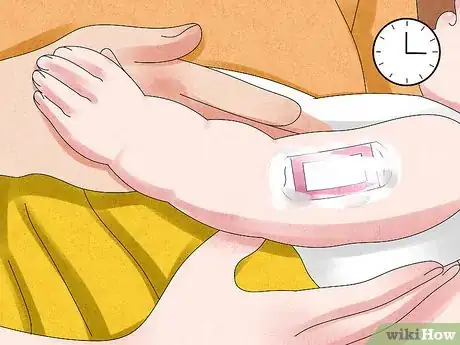
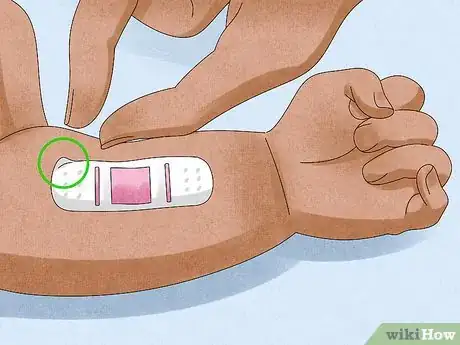

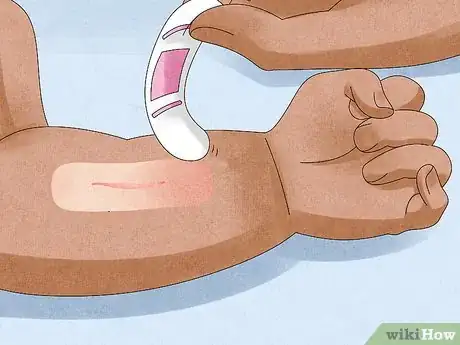
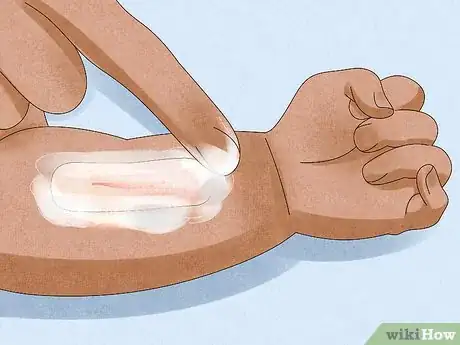



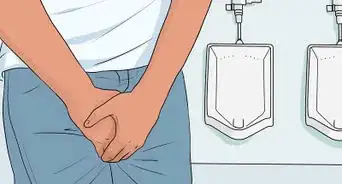


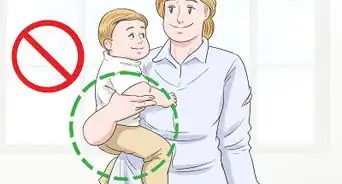

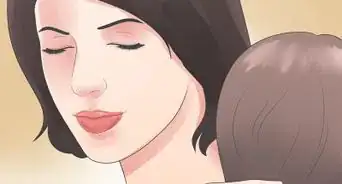

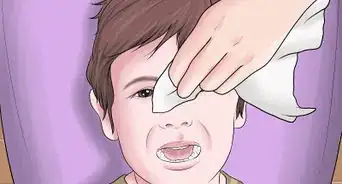
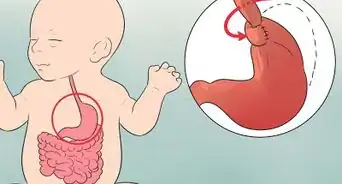
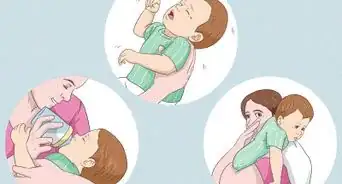
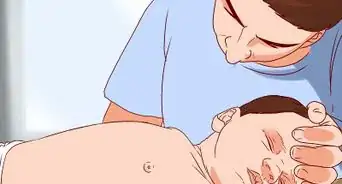








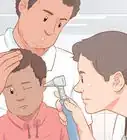

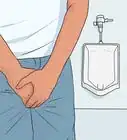



































Medical Disclaimer
The content of this article is not intended to be a substitute for professional medical advice, examination, diagnosis, or treatment. You should always contact your doctor or other qualified healthcare professional before starting, changing, or stopping any kind of health treatment.
Read More...